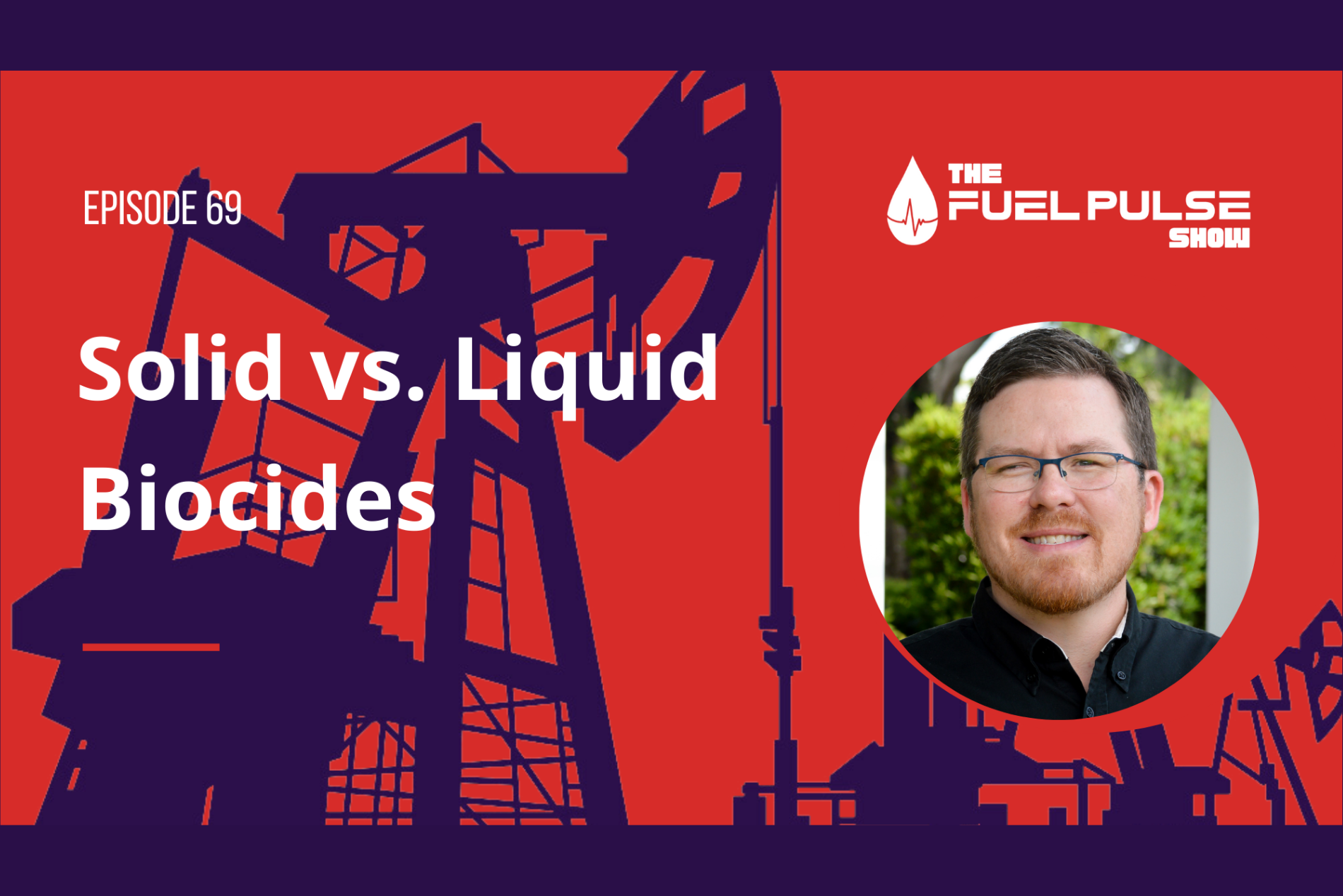Episode 062 - Back to School - Detecting and Solving Microbe Problems
This episode continues the Back to School series, focusing on identifying and treating microbial contamination in fuel systems. Erik Bjornstad...

Host Erik Bjornstad discusses solid biocide sticks (also known as bug sticks) and their use in fuel management. While these sticks offer the apparent advantages of easy handling and convenient dosing, they face significant limitations.The episode explores six major problems with solid biocide sticks, including their lack of approval for on-road fuel use, water solubility issues, and potential tank corrosion risks. Bjornstad explains why these limitations make them unsuitable for many non-industrial fuel care scenarios, despite their popularity in specific industrial applications like bulk crude storage and pipelines.
Here are three notable quotes from the podcast episode:
"Nothing is completely good, and nothing is completely bad. Even if you have something that seems to have a lot of problems, there are still always at least some good points that that thing will bring to the table."
"Applying biocides - that is the biggest key factor for resolving microbial contamination because in order to eliminate a microbial contamination problem, you have to kill the microbes."
"If a biocide is not legally approved for use in a specific situation... then it's not legal to use it in that situation."
[00:00:00] - Introduction and overview of fuel management
[00:02:00] - Discussion of biocide importance in fuel treatment
[00:04:00] - Introduction of common biocide types
[00:05:00] - Introduction to solid biocide sticks
[00:12:00] - History and background of bronopal
[00:17:00] - Advantages claimed for solid biocide sticks
[00:21:00] - Six problems with solid biocide sticks
[00:32:00] - Discussion of engine deposits
[00:37:00] - Summary and conclusions
[00:40:00] - Closing remarks and show information

This episode continues the Back to School series, focusing on identifying and treating microbial contamination in fuel systems. Erik Bjornstad...

This episode explores proper fuel sampling techniques and locations for different types of fuel testing. Erik Bjornstad explains how contaminants...

In this episode of the Fuel Pulse Show's Back to School series, host Erik Bjornstad discusses the increasing problem of microbial contamination in...